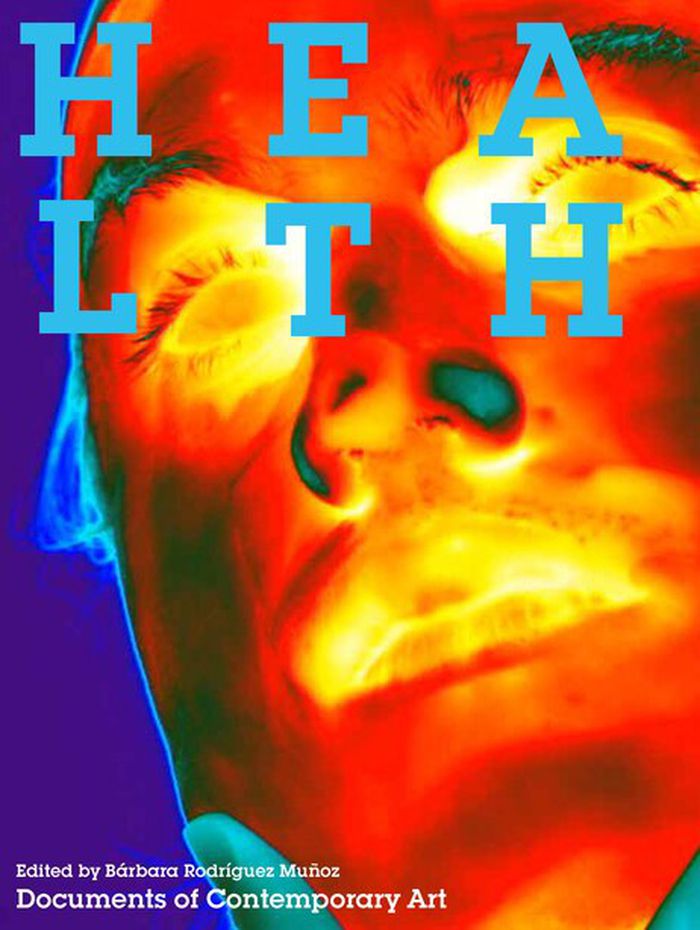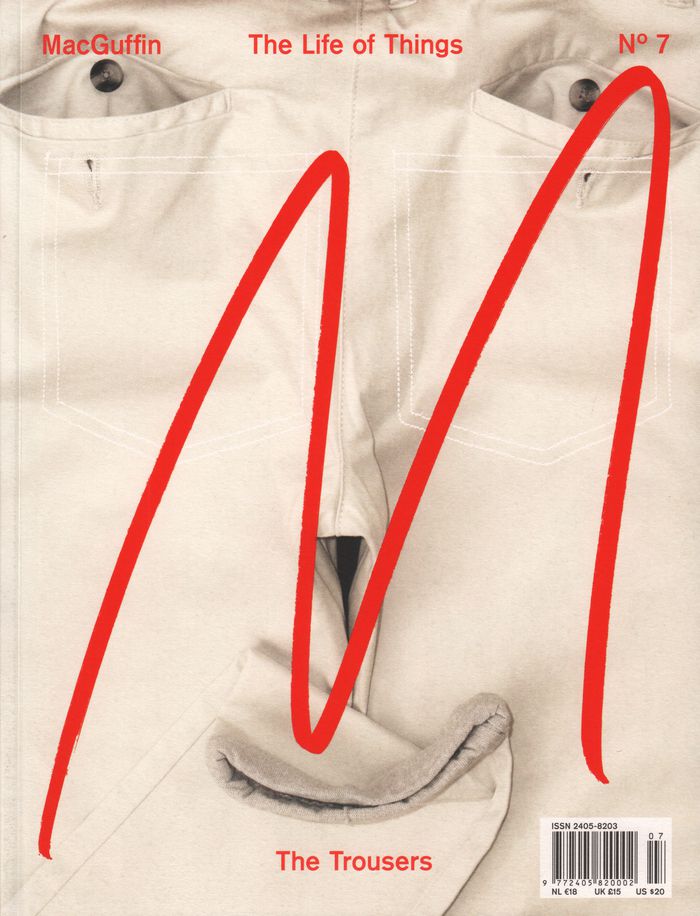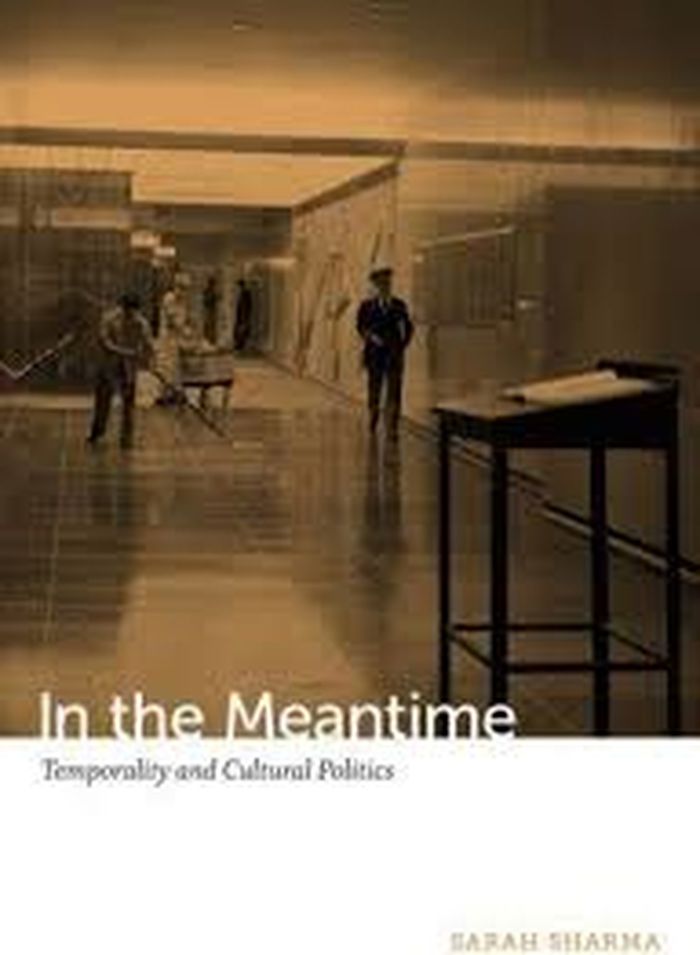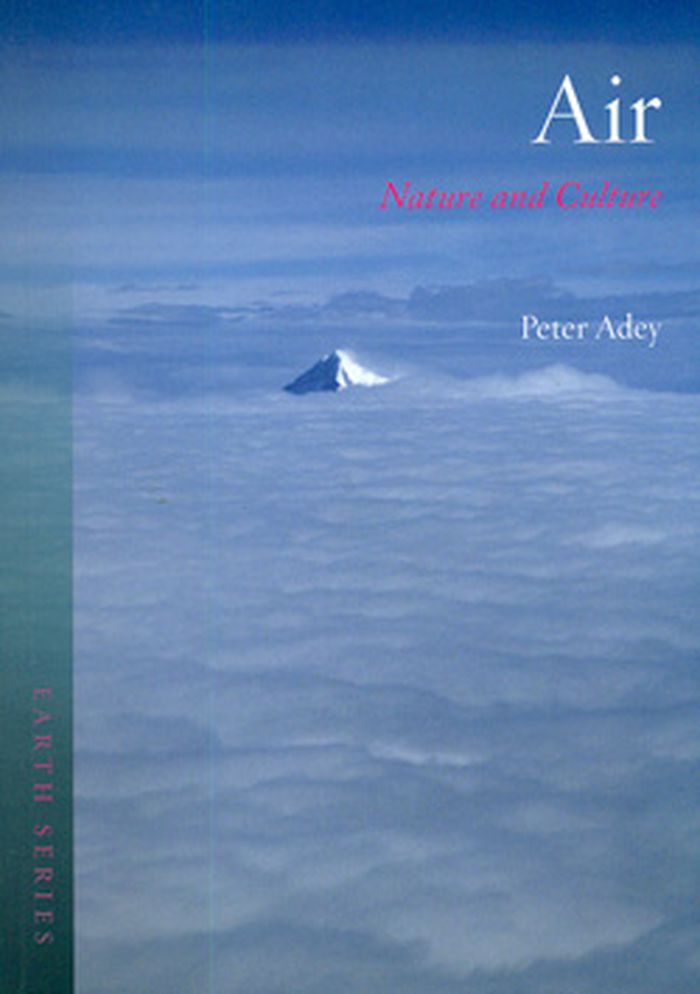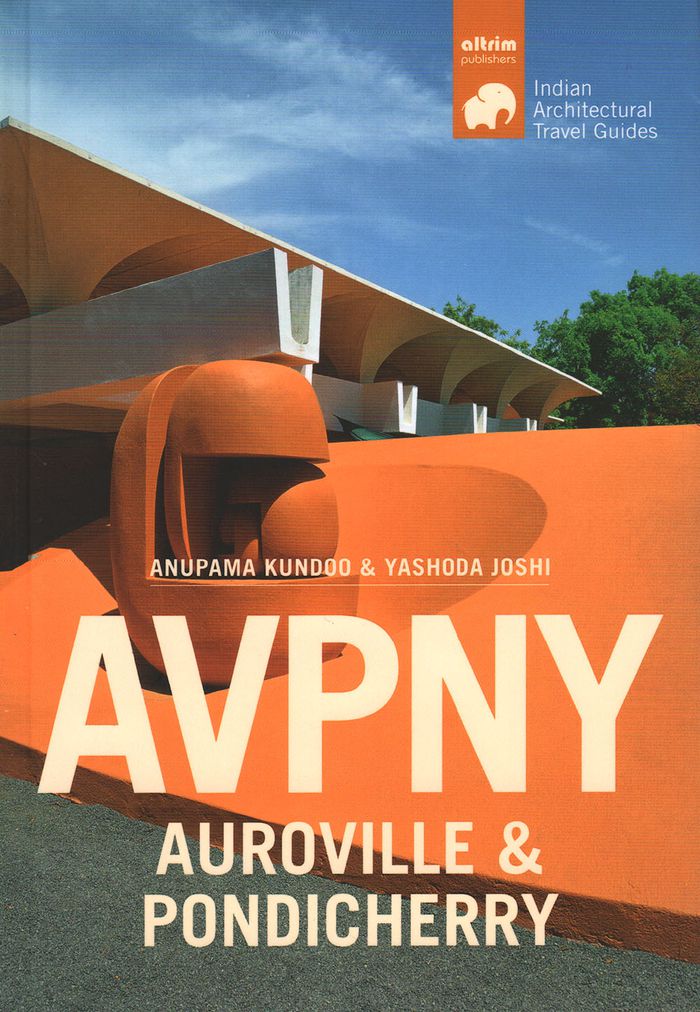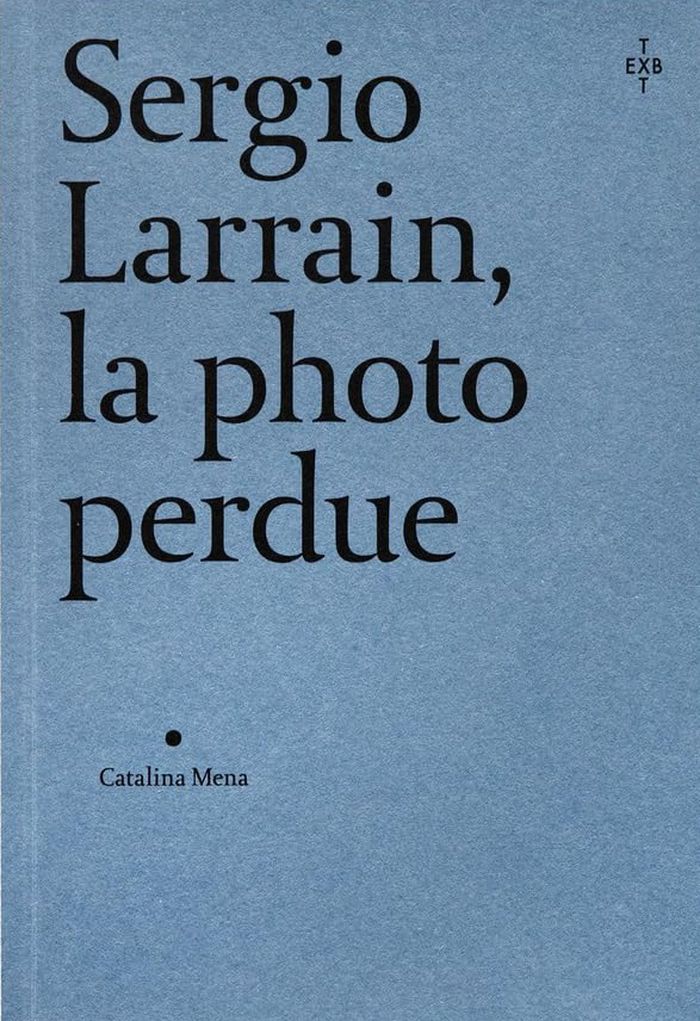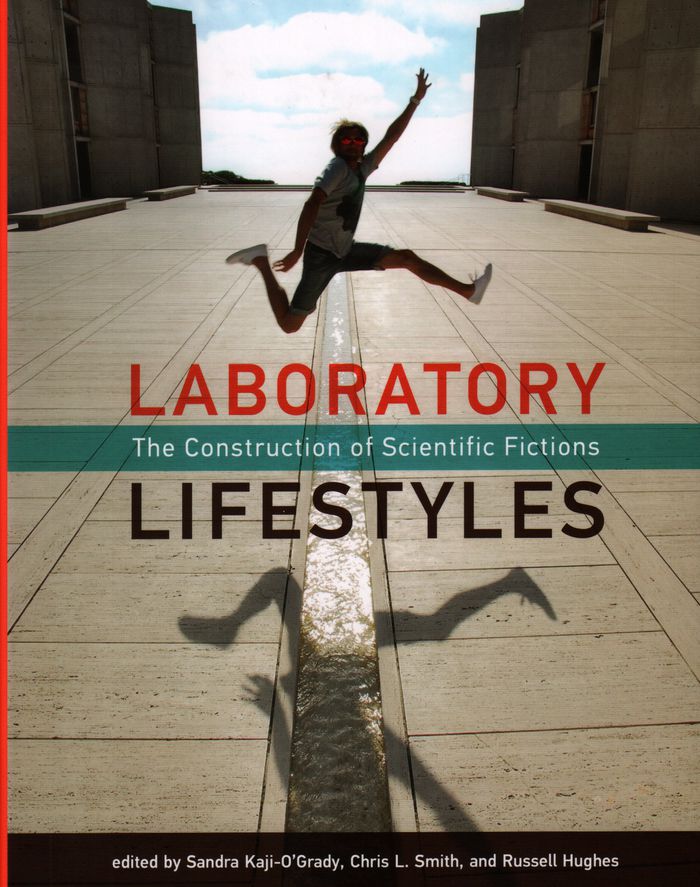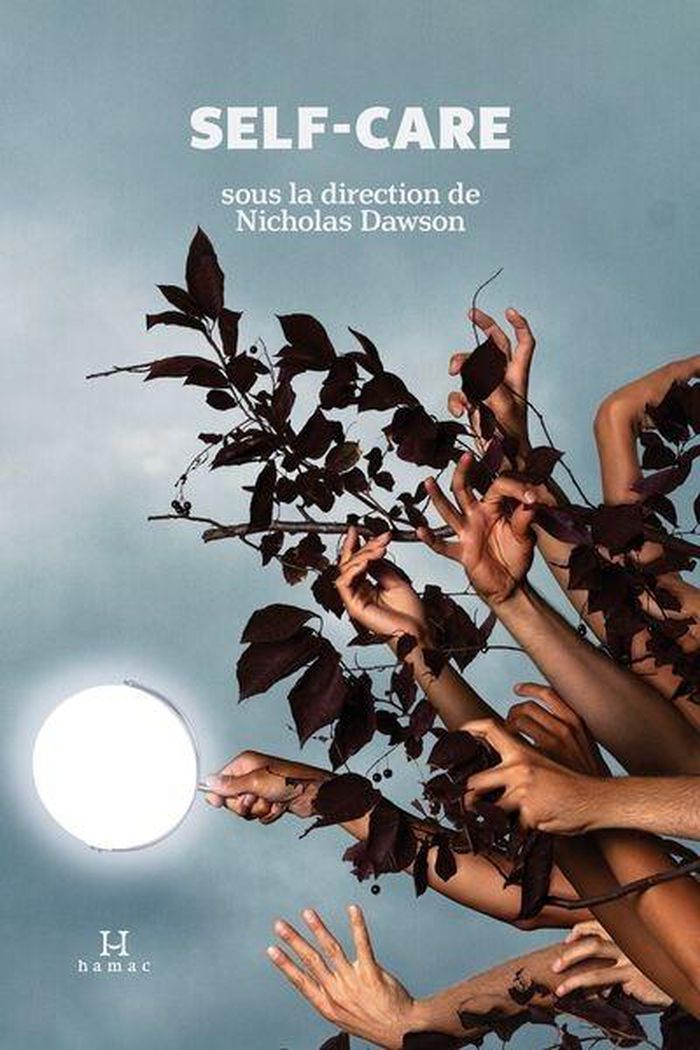books
Description:
203 pages : color illustrations, plans (some color) ; 32 cm
New York, New York : Princeton Architectural Press, ©2008.
Integrated design in contemporary architecture / Kiel Moe.
Actions:
Holdings:
Description:
203 pages : color illustrations, plans (some color) ; 32 cm
books
New York, New York : Princeton Architectural Press, ©2008.
$33.95
(available to order)
Summary:
In an era of diet pills, rising antidepressant usage, yoga, and health-management apps, wellness is one of the defining issues of contemporary life, affecting every intimate aspect of our lives. Historically, art has been entwined with the values of medicine, beauty, and the productive body that have defined Western scientific paradigms. Contemporary artists are(...)
Health
Actions:
Price:
$33.95
(available to order)
Summary:
In an era of diet pills, rising antidepressant usage, yoga, and health-management apps, wellness is one of the defining issues of contemporary life, affecting every intimate aspect of our lives. Historically, art has been entwined with the values of medicine, beauty, and the productive body that have defined Western scientific paradigms. Contemporary artists are increasingly confronting and reshaping these ideologies, drawing on the vexed experiences surrounding questions of health and identity.
Art Theory
$36.00
(available to order)
Summary:
Dress up this spring with MacGuffin Nº 7, dedicated to an object that is not just a garment, but more so a mirror of power and desire: The Trousers. MacGuffin puts the pants on one leg at a time with survival gear, working uniforms, tent slacks, yoga leggings, hammer pants, men's skirts and the big question: ''what is in the pocket''? Featuring Paul Gorman, Emily King,(...)
MacGuffin Magazine 07 : the trousers
Actions:
Price:
$36.00
(available to order)
Summary:
Dress up this spring with MacGuffin Nº 7, dedicated to an object that is not just a garment, but more so a mirror of power and desire: The Trousers. MacGuffin puts the pants on one leg at a time with survival gear, working uniforms, tent slacks, yoga leggings, hammer pants, men's skirts and the big question: ''what is in the pocket''? Featuring Paul Gorman, Emily King, Gert Jonkers, Umberto Eco, Karlheinz Weinberger, Hannah Carlson and many more.
Magazines
$28.95
(available to order)
Summary:
Sarah Sharma conducted ethnographic research among individuals whose jobs or avocations involve a persistent focus on time: taxi drivers, frequent-flyer business travelers, corporate yoga instructors, devotees of the slow-food and slow-living movements. Based on that research, she develops the concept of "power-chronography" to make visible the entangled and uneven(...)
In the meantime: temporality and cultural politics
Actions:
Price:
$28.95
(available to order)
Summary:
Sarah Sharma conducted ethnographic research among individuals whose jobs or avocations involve a persistent focus on time: taxi drivers, frequent-flyer business travelers, corporate yoga instructors, devotees of the slow-food and slow-living movements. Based on that research, she develops the concept of "power-chronography" to make visible the entangled and uneven politics of temporality. Focusing on how people's different relationships to labor configures their experience of time, she argues that both "speed-up" and "slow-down" often function as a form of biopolitical social control necessary to contemporary global capitalism.
Critical Theory
Air: nature and culture
$31.00
(available to order)
Summary:
Outside of yoga class, we don’t pay too much attention to the air we take in every day. Long one of the essential elements to life on earth—from the atmospheric composition that gave life to the coal-forming forests some three hundred million years ago to the air that fuels our most important technologies today—we think little of its incredible properties. In this(...)
Air: nature and culture
Actions:
Price:
$31.00
(available to order)
Summary:
Outside of yoga class, we don’t pay too much attention to the air we take in every day. Long one of the essential elements to life on earth—from the atmospheric composition that gave life to the coal-forming forests some three hundred million years ago to the air that fuels our most important technologies today—we think little of its incredible properties. In this innovative cultural and scientific history, Peter Adey takes stock of the great ocean of air that surrounds us, exploring our attempts to understand, engineer, make sense of, and find meaning in it.
Landscape Theory
$56.95
(available in store)
Summary:
The first Auroville community was based on a particular spirit, following a design appropriate to Sri Aurobindo’s integral yoga. Pondicherry is a seaside town where the French influence can still be seen in its architecture, street names, and local language. Yet Tamil architectural styles can also be found there. This guidebook includes four Auroville itineraries(...)
AVPNY: Auroville and Pondicherry
Actions:
Price:
$56.95
(available in store)
Summary:
The first Auroville community was based on a particular spirit, following a design appropriate to Sri Aurobindo’s integral yoga. Pondicherry is a seaside town where the French influence can still be seen in its architecture, street names, and local language. Yet Tamil architectural styles can also be found there. This guidebook includes four Auroville itineraries structured around the experimental township’s master plan, which is divided into four zones. A fifth itinerary is located in Auromodele, which is outside the main part of the city. Likewise, three Pondicherry itineraries correspond with the city’s three main geographical zones: French Quarter, Tamil Quarter, and suburban areas.
City Guides
$44.95
(available in store)
Summary:
La vie et l'oeuvre de Sergio Larrain, un des photographes chiliens les plus importants, sont entourées d'une aura de génie et de mystère. Il réalisa dès les années cinquante un travail précieux et brillant qui, jusqu'à sa mort en 2012, demeura quasiment inconnu au Chili. Personnage contradictoire, il s'est retiré de la vie publique à la fin des années soixante-dix pour se(...)
Sergio Larrain, la photo perdue
Actions:
Price:
$44.95
(available in store)
Summary:
La vie et l'oeuvre de Sergio Larrain, un des photographes chiliens les plus importants, sont entourées d'une aura de génie et de mystère. Il réalisa dès les années cinquante un travail précieux et brillant qui, jusqu'à sa mort en 2012, demeura quasiment inconnu au Chili. Personnage contradictoire, il s'est retiré de la vie publique à la fin des années soixante-dix pour se consacrer à la méditation, au yoga et à l'écriture. Larrain resta connecté au monde de la photographie en maintenant une multitude de relations épistolaires, avec la singularité qui le caractérise. Ce livre, écrit aux confins du cercle familial, explore les clairs-obscurs de sa biographie. Sergio Lorrain, la photo perdue est le sixième titre de la collection TXT, dirigée par Agnès Sire.
Theory of Photography
Laboratory lifestyles
$42.95
(available to order)
Summary:
The past decade has seen an extraordinary laboratory-building boom. This new crop of laboratories features spectacular architecture and resort-like amenities. The buildings sprawl luxuriously on verdant campuses or sit sleekly in expensive urban neighborhoods. Designed to attract venture capital, generous philanthropy, and star scientists, these laboratories are meant to(...)
Laboratory lifestyles
Actions:
Price:
$42.95
(available to order)
Summary:
The past decade has seen an extraordinary laboratory-building boom. This new crop of laboratories features spectacular architecture and resort-like amenities. The buildings sprawl luxuriously on verdant campuses or sit sleekly in expensive urban neighborhoods. Designed to attract venture capital, generous philanthropy, and star scientists, these laboratories are meant to create the ideal conditions for scientific discovery. Yet there is little empirical evidence that shows if they do. 'Laboratory Lifestyles' examines this new species of scientific laboratory from architectural, economic, social, and scientific perspectives. Generously illustrated with photographs of laboratories and scientists at work in them, the book investigates how “lifestyle science” affects actual science. Are scientists working when they stretch in a yoga class, play volleyball in the company tournament, chat in an on-site café, or show off their facilities to visiting pharmaceutical executives?
Architectural Theory
$36.00
(available to order)
Summary:
Le livre raconte la naissance, le développement et la fin d’un magazine qui parut cinq fois entre le début et la fin des années 1970, se diffusa hors de tout cadre institutionnel et économique traditionnel, se vendit à un million d’exemplaires aux États-Unis et en Europe et inspira une version française. Il informait très concrètement ses lecteurs de l’actualité des(...)
L'aventure du Whole Earth Catalog
Actions:
Price:
$36.00
(available to order)
Summary:
Le livre raconte la naissance, le développement et la fin d’un magazine qui parut cinq fois entre le début et la fin des années 1970, se diffusa hors de tout cadre institutionnel et économique traditionnel, se vendit à un million d’exemplaires aux États-Unis et en Europe et inspira une version française. Il informait très concrètement ses lecteurs de l’actualité des recherches de la contre-culture américaine pour vivre différemment : comment construire un dôme géodésique, fabriquer son compost ou concevoir une architecture solaire, ainsi que des dernières publications dans les domaines pratique ou scientifique. La transformation du mode de vie était abordée également sur un plan personnel, avec par exemple l’intérêt pour le yoga qui apparaît en filigrane. Le catalogue associait également démarche écologique, sensibilité hippie et intérêt pour la cybernétique. Paradoxalement, il annonçait ainsi la transformation de nos sociétés par les nouvelles technologies de l’information.
Environment and environmental theory
$19.95
(available to order)
Summary:
Self-care réunit les voix de 11 écrivain·es qui, à partir de leur situation de personnes minorisées, se penchent sur différents aspects du soin de soi. Résolument politique, cet ouvrage collectif de textes de fiction (poésie, récits, nouvelles et textes hybrides) pense l’affect, les mécanismes de défense, les obsessions, les impulsions, la mélancolie, la douleur chronique(...)
Self-care
Actions:
Price:
$19.95
(available to order)
Summary:
Self-care réunit les voix de 11 écrivain·es qui, à partir de leur situation de personnes minorisées, se penchent sur différents aspects du soin de soi. Résolument politique, cet ouvrage collectif de textes de fiction (poésie, récits, nouvelles et textes hybrides) pense l’affect, les mécanismes de défense, les obsessions, les impulsions, la mélancolie, la douleur chronique ou l’anxiété comme des voies privilégiées pour aborder toutes les manières de prendre soin de soi, qu’elles soient new age, ancestrales, individualistes, solidaires ou (anti) capitalistes. Sans bouder les sheet masks et les eye patches, ces auteurices méditent, font du yoga, pratiquent une sexualité complexe, s’engagent politiquement et, surtout, écrivent. Leurs textes sont dotés d’un tel sentiment d’urgence qu’ils prouvent que le self-care des personnes socialement marginalisées est toujours investi d’une quête plus grande : pour elles, prendre soin de soi, c’est aussi se réparer et se recréer collectivement.
Social
